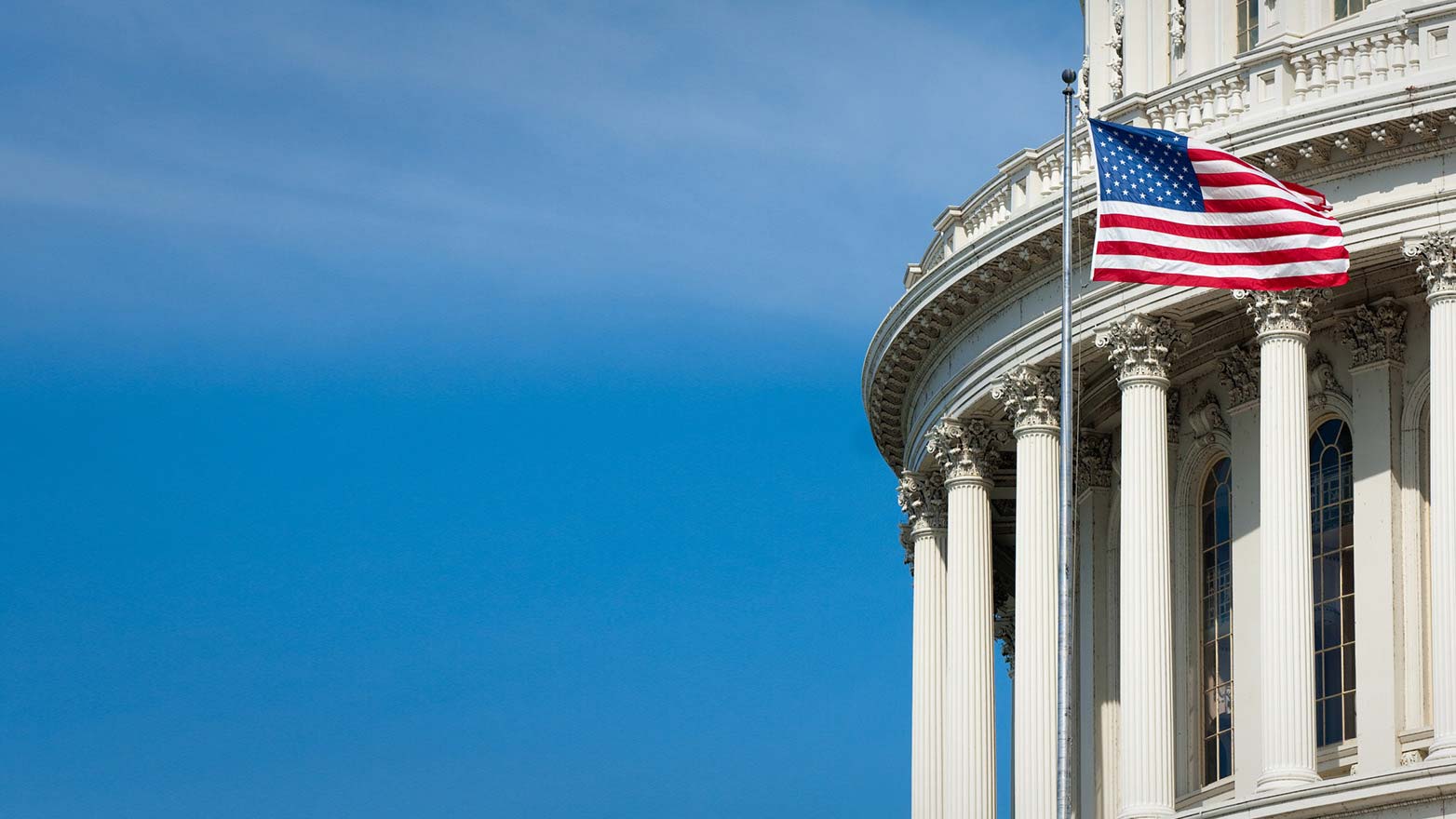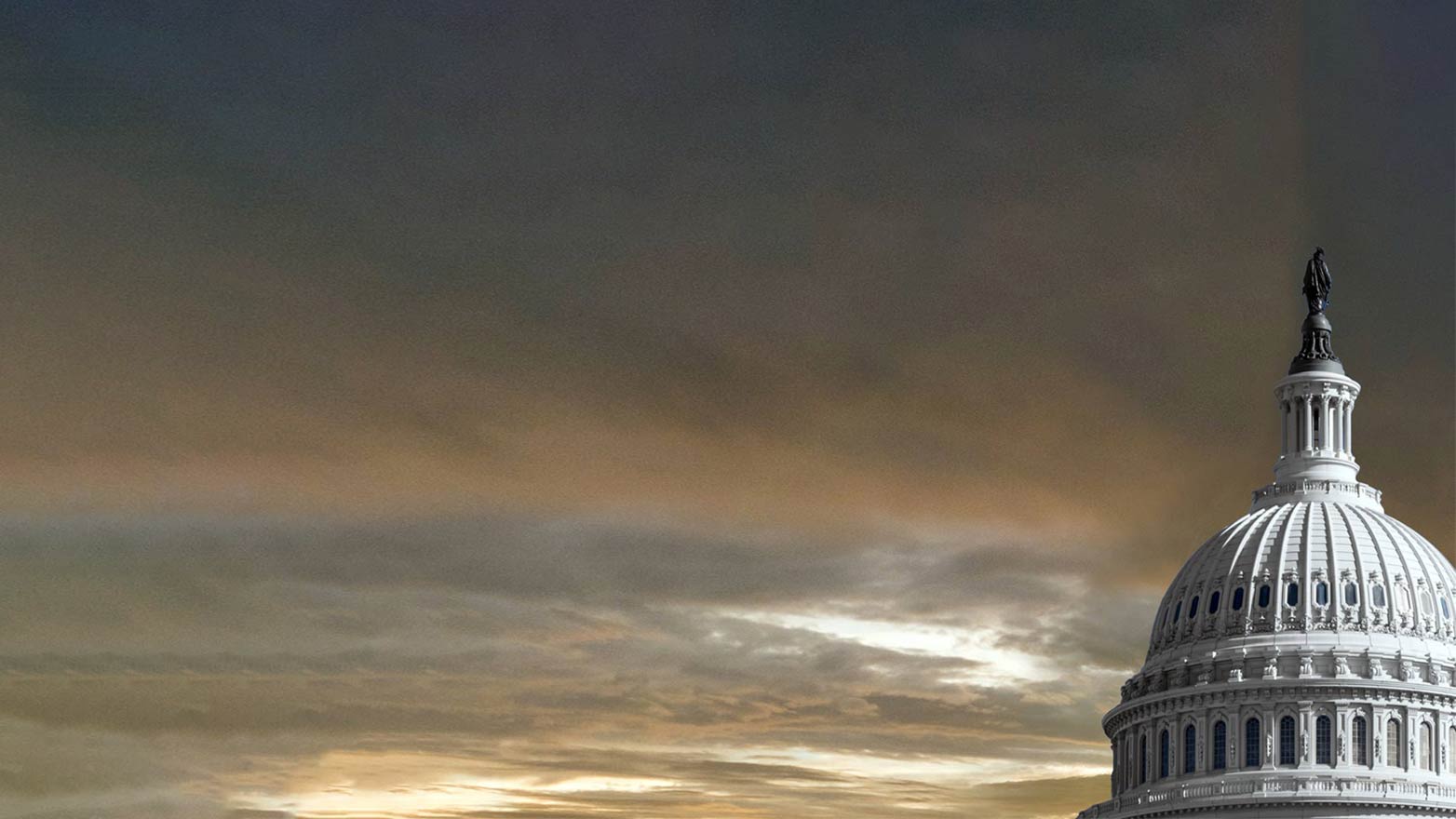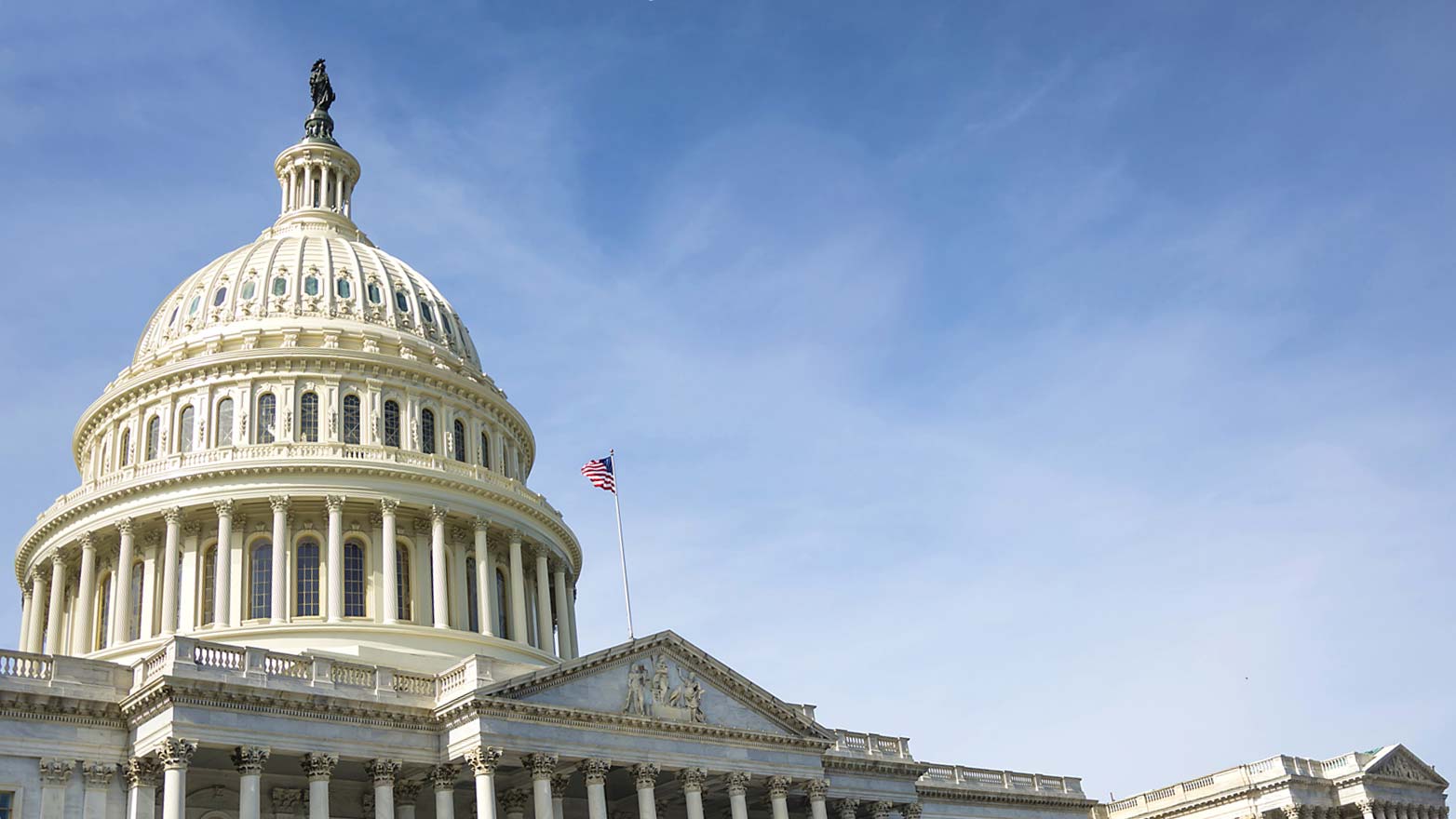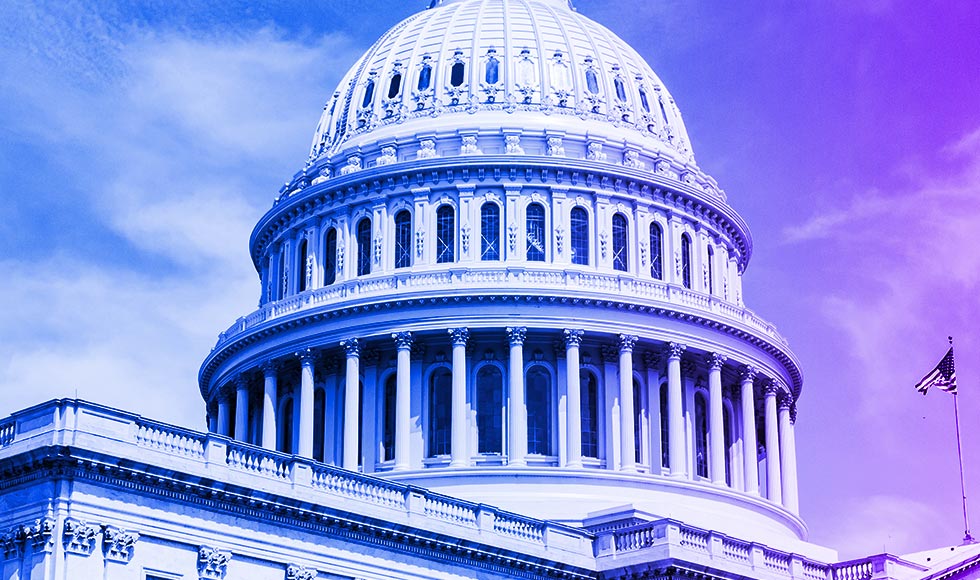May 2022
Executive Orders signed by the President on the first days in office established issues related to climate change and racial equity as “immediate priorities” necessitating a whole-of-government approach. DOJ’s new Environmental Justice Enforcement Strategy responds to those directives by encouraging coordination between its own Environmental and Natural Resources and Civil Rights Divisions as well as with the EPA and other agencies (e.g., HUD, OSHA, DOE, DOI, CPSC) to reduce environmental and public health and safety concerns in “overburdened and underserved communities.” As significant regulatory attention is placed on climate-related accountability and equitable impacts across industries, and existing laws are applied to carry out enforcement actions in this regard, entities should anticipate increased potential for investigations by the DOJ and other applicable regulatory agencies and continue to update their ESG and Risk frameworks to identify and mitigate potential risks.
Environmental Justice: New DOJ Strategy
DOJ series of actions to “comprehensively” address environmental justice

Share
Dive into our thinking:
Environmental Justice: New DOJ Strategy
Download PDFGet the latest from KPMG Regulatory Insights
KPMG Regulatory Insights is the thought leader hub for timely insight on risk and regulatory developments.
Explore more

Points of View
Insights and analyses of emerging regulatory issues and their impact.

Regulatory Alerts
Quick hitting summaries of specific regulatory developments and their impact.

Washington Report 360
A weekly newsletter covering legislative and regulatory developments affecting financial services firms—in 360 words or less.
Meet our team

Amy S. Matsuo
Principal, U.S. Regulatory Insights & Compliance Transformation Lead, KPMG LLP
